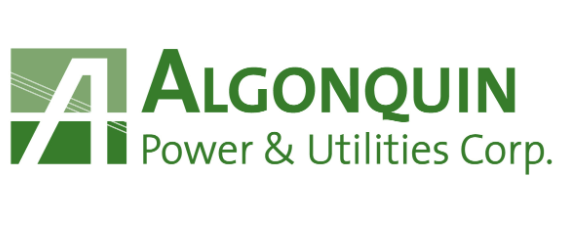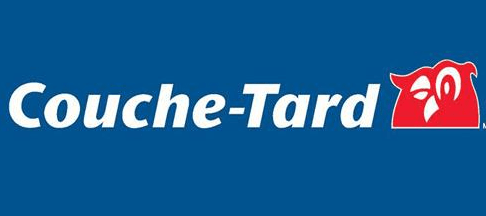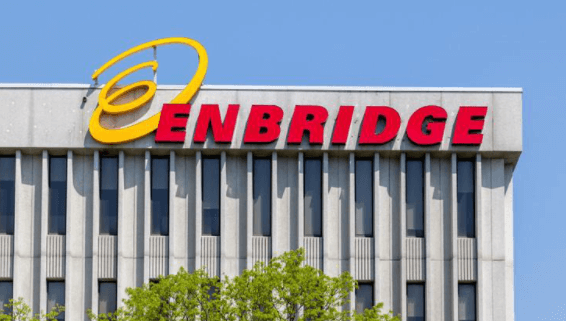Table of Contents
In terms of returns, Canadian equities and the Toronto Stock Exchange have a terrible reputation. Many investors who want to learn how to buy stocks in Canada avoid the Canadian markets in favour of the markets in the United States, where there is more growth.
However, there is money to be earned in Canadian stocks and the Canadian stock market, particularly in the environment we’re about to enter, one of economic reopening and rising interest rates.
10 of the Best Canadian Stocks You Need to Own
If you’re looking for some of the top Canadian stocks to invest in 2022, you’ll need to do some research first. Here is the list of the ten best Canadian stocks you can buy. And remember one thing that this list is just the tip of an iceberg.
Algonquin Power & Utilities is a North American diversified utility corporation with a total asset value of $10 billion. Water, gas, and electricity are generated, transmitted, and distributed to communities across the United States.

Algonquin Power, a rapidly expanding renewable energy firm, has a solid portfolio of long-term contracted wind, solar, and hydroelectric assets totaling 1.5 GW of installed capacity.
Across North America, the corporation operates more than 50 power generation facilities and 20 utilities. Through 1,200 miles of electrical transmission lines and 100 miles of natural gas transmission pipelines, Algonquin’s utility division serves roughly 770,000 consumers in twelve states across the United States.
Alimentation Couche-Tard is a major Canadian corporation that owns several convenience stores across the country. In addition to providing road transportation fuel to nearly 1,300 locations across the United States, the company also offers stationary energy and aviation fuel.

Couche-Tard is a sizeable independent convenience store operator with almost 10,000 locations in 48 states in the United States, ten provinces in Canada, and other countries.
It has almost 16,000 stores around the world. The United States is the company’s primary market, accounting for 67 percent of revenues in 2018, followed by Europe (20 percent) and Canada (10 percent). In Canada, the corporation operates under the Couche-Tard and Mac’s brands and globally under the Circle K name.
Brookfield Property Partners, Brookfield Infrastructure Partners, Brookfield Renewable Partners, and Brookfield Business Partners are the company’s subsidiaries.
Infrastructure investments make for 45 percent of total assets, with real estate (20 percent), private equity (20 percent), and renewable energy (15 percent) following closely behind. Its long-term revenues account for more than 85% of its total revenue.
Brookfield Asset Management has a global footprint of over 30 countries, giving it a competitive advantage in proprietary deal flow. Brookfield Asset Management invests 86 percent of its funds in North America, 8% in Europe, 5% in South America, and 1% in Asia.
In Ontario, Quebec, New Brunswick, and New York, Enbridge serves 3.7 million consumers.

It has a 192,000-mile network of natural gas and natural gas liquids pipelines across North America and Mexico. In addition, it has a massive crude oil and liquids transportation system with over 17,000 miles of operating pipes.
The firm is well-known for its high-quality liquids and natural gas infrastructure. Enbridge also has a processing capacity of 3.1 Bcf/d and a net natural gas storage capacity of 438 Bcf. It also has a stake in roughly 3,000 megawatts of renewable energy capacity.
TELUS Corporation is Canada’s second-largest telecommunications business, offering a comprehensive range of data, IP, phone, television, entertainment, and video products and services.
10.6 million cellphone users, 2.2 million Internet subscribers, 1.2 million residential network access lines, and 1.2 million TELUS TV customers make up the company’s 16 million client connections. It is also Canada’s largest digital healthcare service, with over a decade of experience in telehealth.
The wireless segment contributes 55 percent of overall revenue, while the wireline segment accounts for the remaining 45 percent. As a result, the wireless category accounts for over 70 percent of total payments. On the other hand, data, voice, and other services and equipment make up the wireline segment.
Shopify has grown its revenue by 70.1 percent per year over the last five years. This level of revenue growth from a company of Shopify’s scale is quite unusual.
The company’s development is now slowing, with sales growth hovering at 65.1 percent annually over the last three years, but it is still a fast-growing company.
However, make no mistake: the firm is pricey. Even after the recent dip, you’re paying a premium for continued growth.
Overall, the stock is costly, and it could experience severe price volatility in the future, mainly if the firm reports a huge earnings miss. Moreover, to sustain its share price, it will need to keep up with predicted growth rates, and this is not a defensive investment.
In Canada, the corporation has a 17 percent share of the P&C insurance market. Personal and vehicle insurance account for roughly 40% of DPW (direct premium written), followed by personal property (20%), commercial lines Canada (25%), and commercial lines USA (25%). (15 percent).
Canada accounts for about 85% of the company’s sales, with the United States accounting for the remaining 15%. Under the names of Intact insurance, BrokerLink, OneBeacon, and Belairdirect, the corporation operates.
As North America’s major supply chain player, Canadian National Railway transports more than 300 million tonnes of freight each year. It is the leading mover of aluminum, iron ore, and base metal ore in North America and is a fully integrated rail and transportation services corporation.
Canadian National services the three major petrochemical centers in North America and handles over half of all Canadian chemicals production. Its product portfolio is well-diversified, with intermodal accounting for 25% of revenues, petroleum & chemicals accounting for 17%, and grains & fertilizers accounting for 17% each. The rest makes up of forest products, metals, minerals, automobiles, and so on.
Restaurant Brands owns and operates approximately 27,000 restaurants globally, including over 17,800 Burger King locations, 4,800 Tim Hortons locations, and 3,100 Popeyes locations. In total, the organization has over 2500 franchises spread over more than 100 countries. In North America and Europe, it has a significant market share. To attract customers, the company focuses on regional menus and high-quality food components.
Tim Hortons (TH), Burger King (BK), and Popeyes Louisiana Kitchen are the three reportable parts (PLK). Popeyes is the fastest-growing restaurant chain regarding income and number of locations, whereas Tim Hortons is one of Canada’s most popular brands.
Gold is making a comeback, as we’ve seen recently, and the growing price of gold miner shares is bringing some stability to Canadian portfolios.
Agnico Eagle Mines is an excellent example of this. The corporation operates mainly in Canada, Finland, and Mexico, and it owns 50% of the Canadian Malartic mine.
The company produced 1.74 million ounces of gold in 2020, generating $3.12 billion in revenue at the current gold price of $1800/oz.
With a market capitalization of $17.6 billion, the firm is the country’s second-largest gold producer, after only Barrick Gold. In addition, the company expects to boost production by 25% by 2022 due to new technologies.
Parting Words,
So, now you have the list of the ten best Canadian stocks you need to own and hold forever. Next, you can go and check their website. So, do not wait long. Do your research and build your list.











